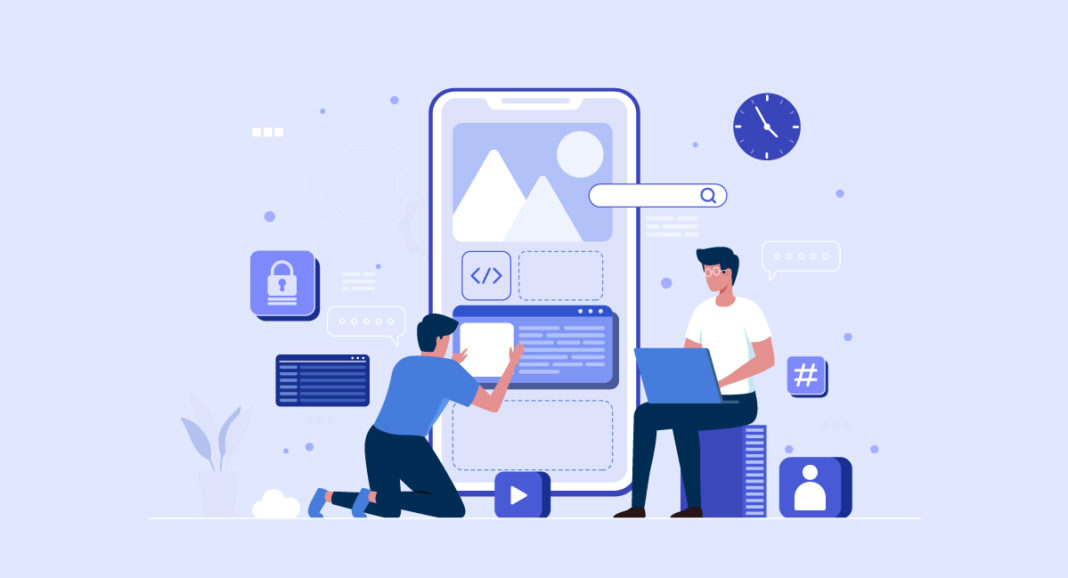The demonstration or interaction by which a flexible programmer is created for cell phones, such as individual computerized associates, endeavor advanced aids, or cell phones, is known as mobile application development. These apps could be pre-installed on phones during the manufacturing process, or delivered as web apps that use worker or customer-side coding to generate a "app-like" experience within an online programmer. Because of the fierce competition in mobile programming and the constant changes within each stage, application programmers should consider a wide range of screen sizes, equipment specifications, and configurations. In terms of earnings and jobs created, versatile application development has been steadily increasing.
According to an examiner report, there are more direct application economy jobs in the EU than there are portable application developers. Flexible PC programmer design is also important in the development of portable programmers as part of the event interaction. As a planning framework, versatile UI considers imperatives, settings, screen, information, and portability. The client is frequently the primary focus of communication with their device, and the interface thus includes both physical and programming components. Client input considers the clients' ability to control a system, and the gadget's yield enables the system to point the outcomes of the clients' control. Limited consideration and construction elements, similar to a mobile phone's screen size for a client's hand, are part of the portable UI plan criteria.
Client actions, such as location and booking, will be signaled by portable UI settings, which will appear from client communications within a versatile programmer. The goal of the portable UI plan is, in general, to create an evident, easy-to-understand interface. The user interface of portable apps should reflect the client's limited attention span, limit keystrokes, and be task-oriented with a basic set of capabilities. This usefulness is backed up by a variety of venture application stages or built-in development circumstances (IDEs). To gain access to large business frameworks, portable UIs, or front-closes, rely on flexible back-closures. Information direction, security, validation, approval, working detached, and fix coordination are all handled by the flexible back-end. This functionality is supported by a number of middleware components, including a mobile application worker, a portable backend as a service, and a management-oriented design framework. With over a billion people using cell phones and nearly a billion using tablets, portable application development is becoming more straightforward for a few businesses. The majority of their portable time is spent in apps, and there are over a million apps available for download from various app shops.
